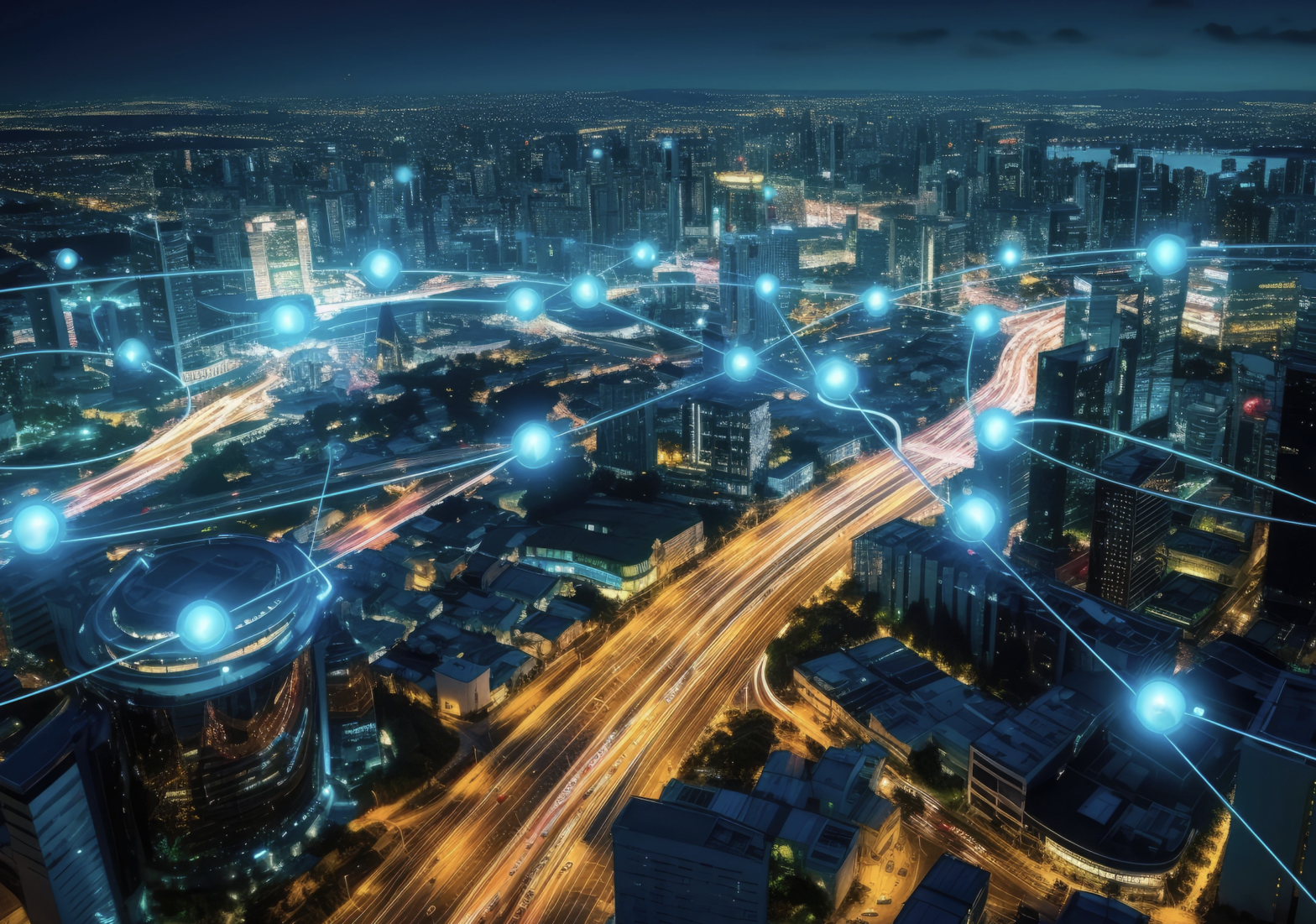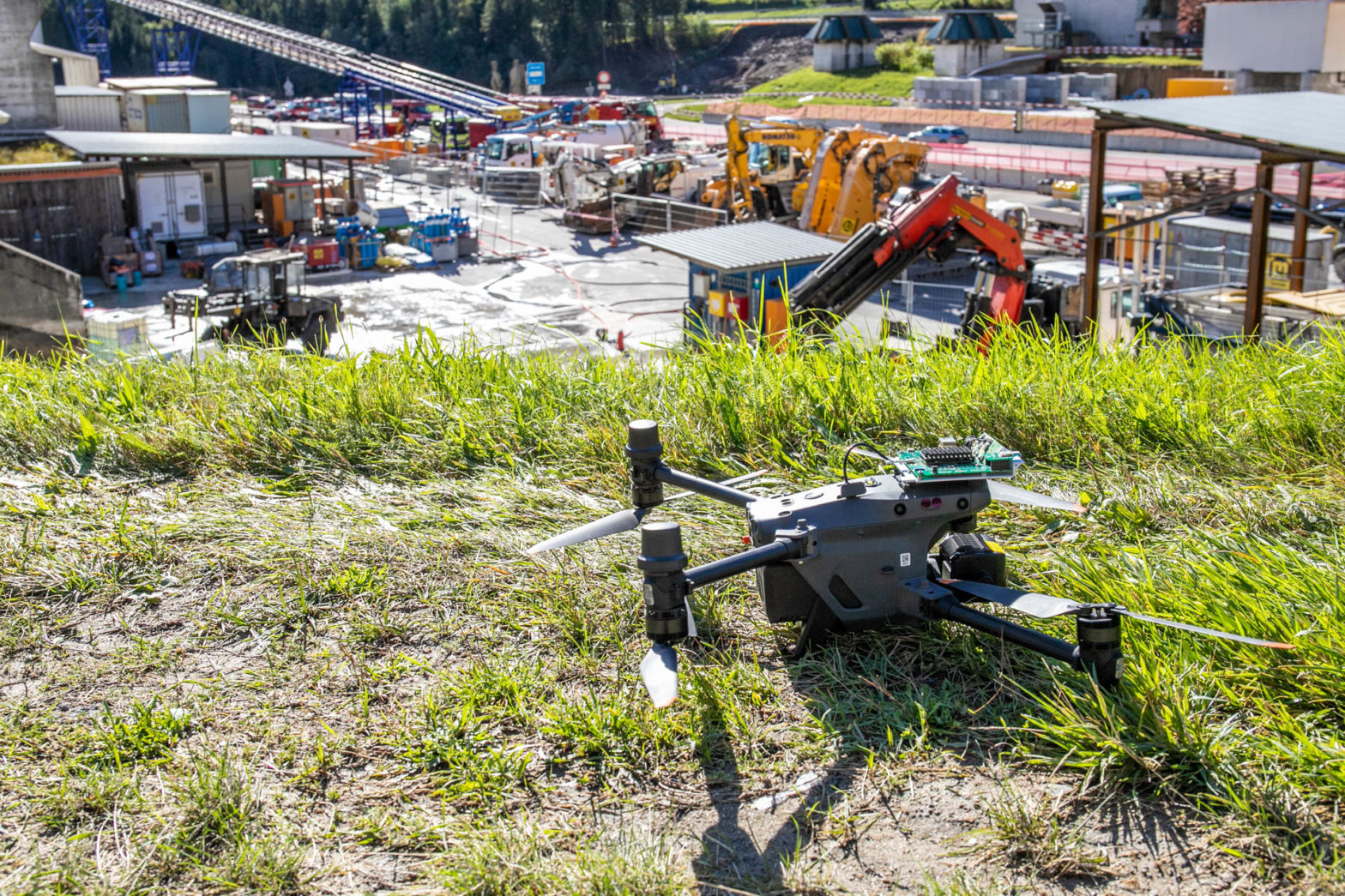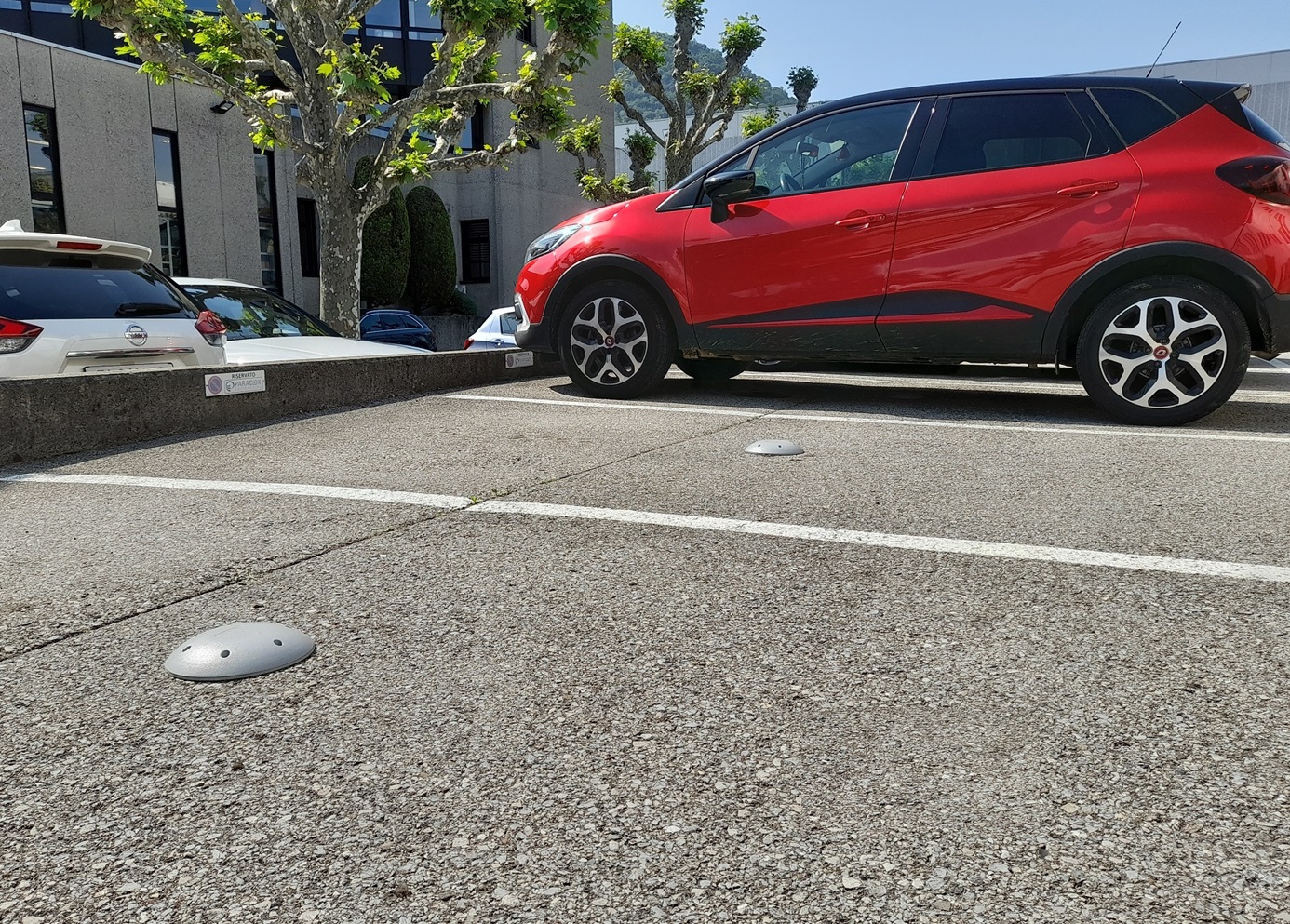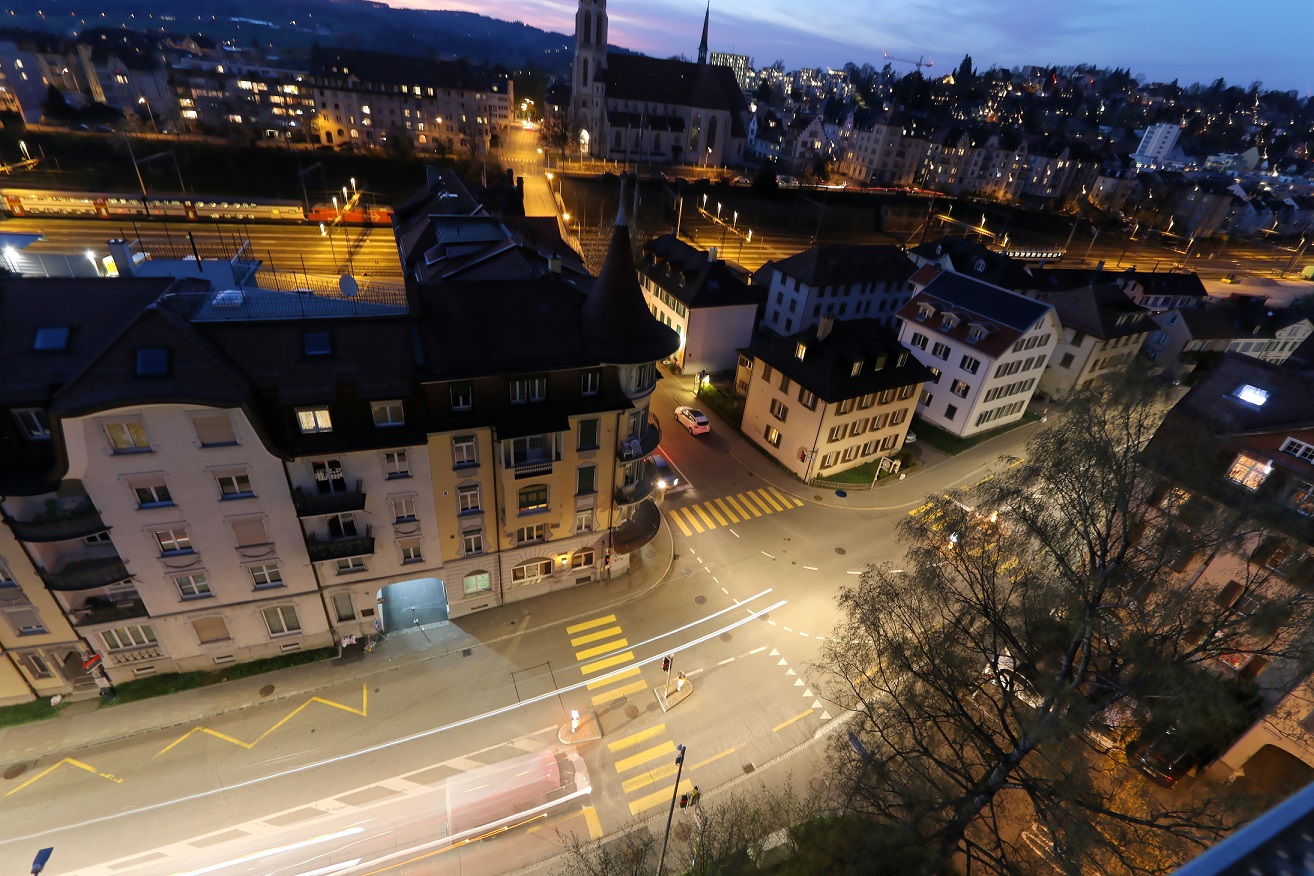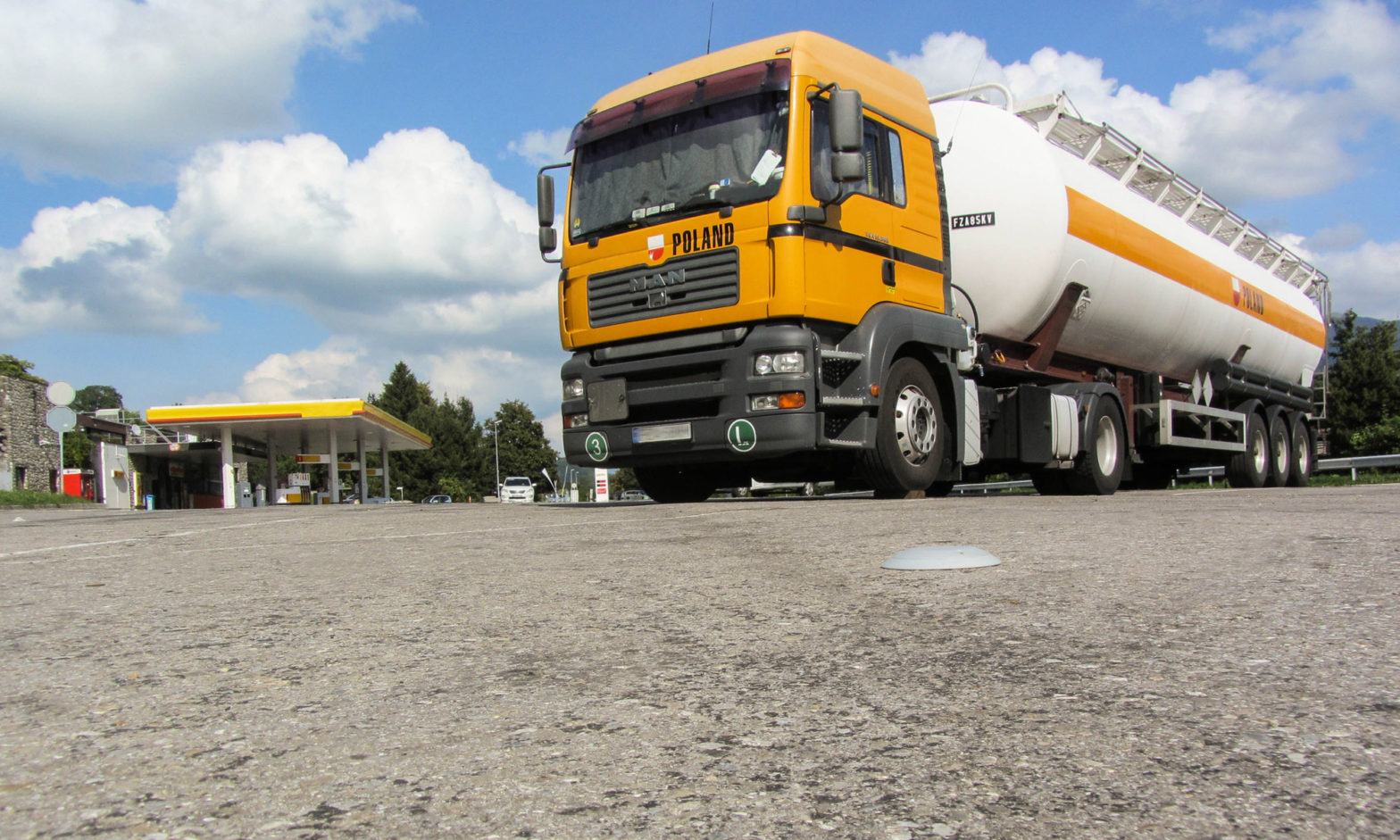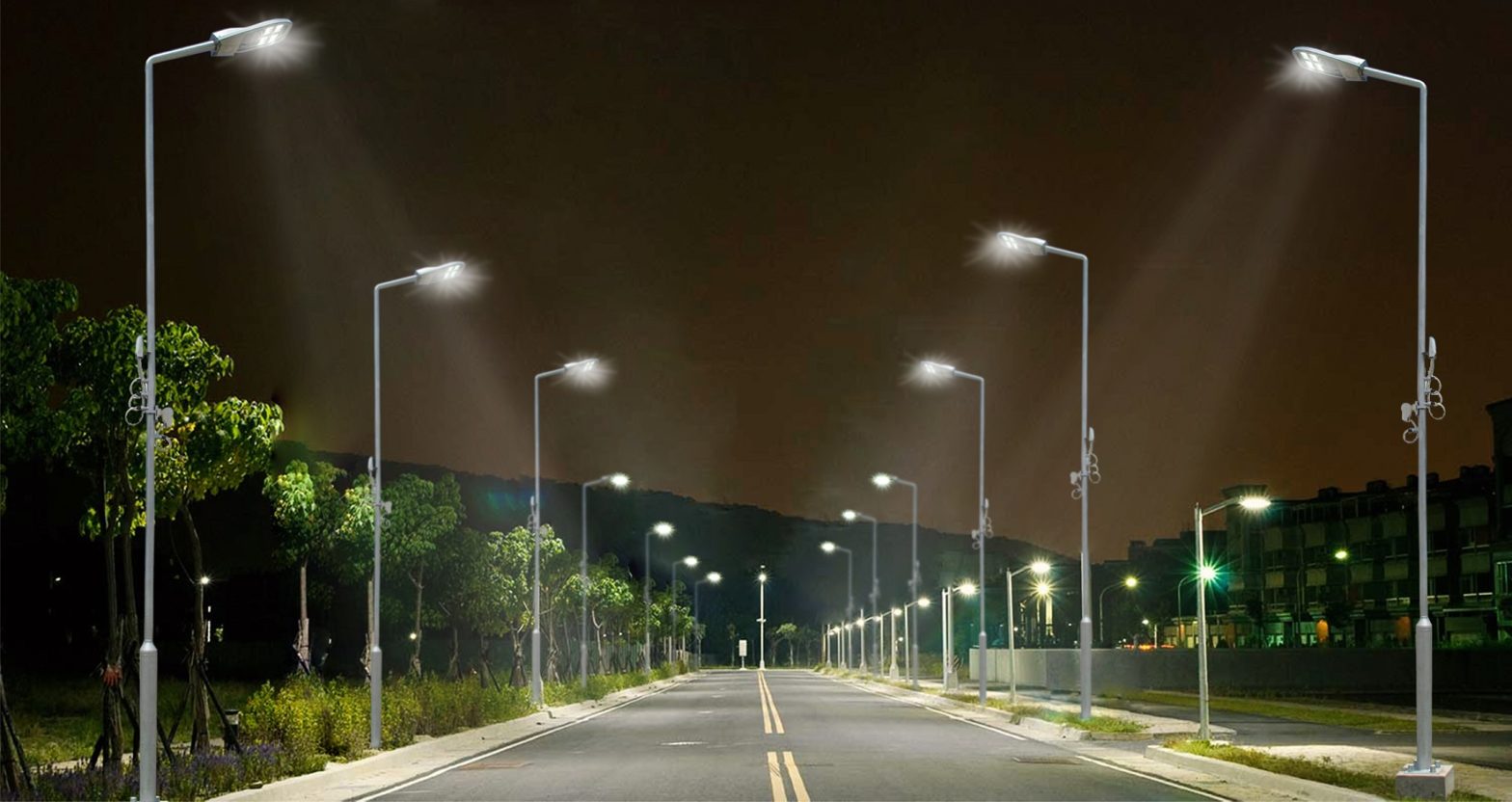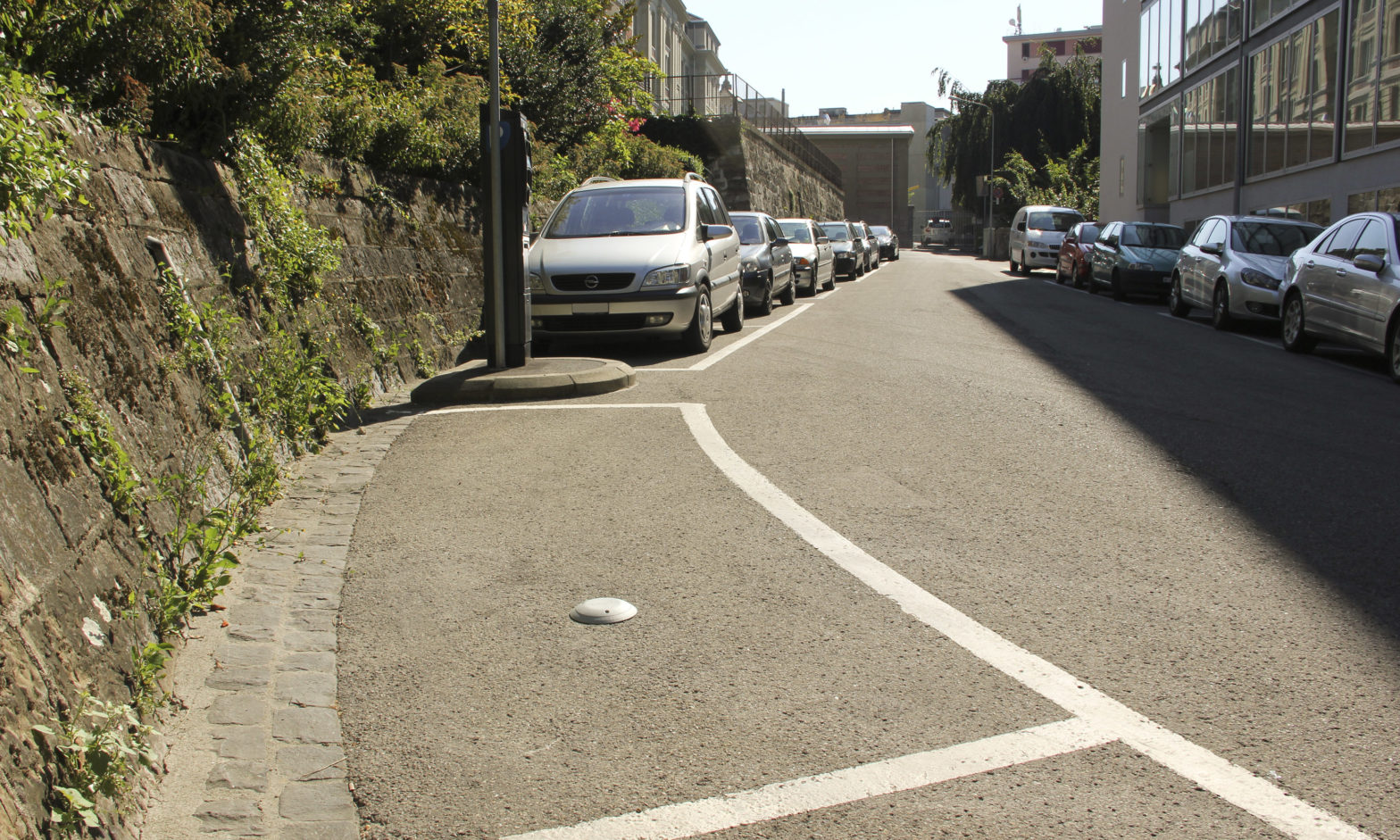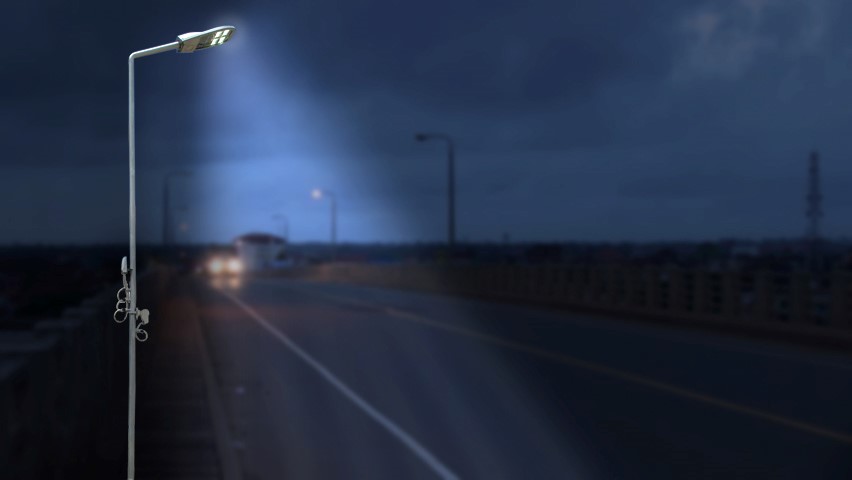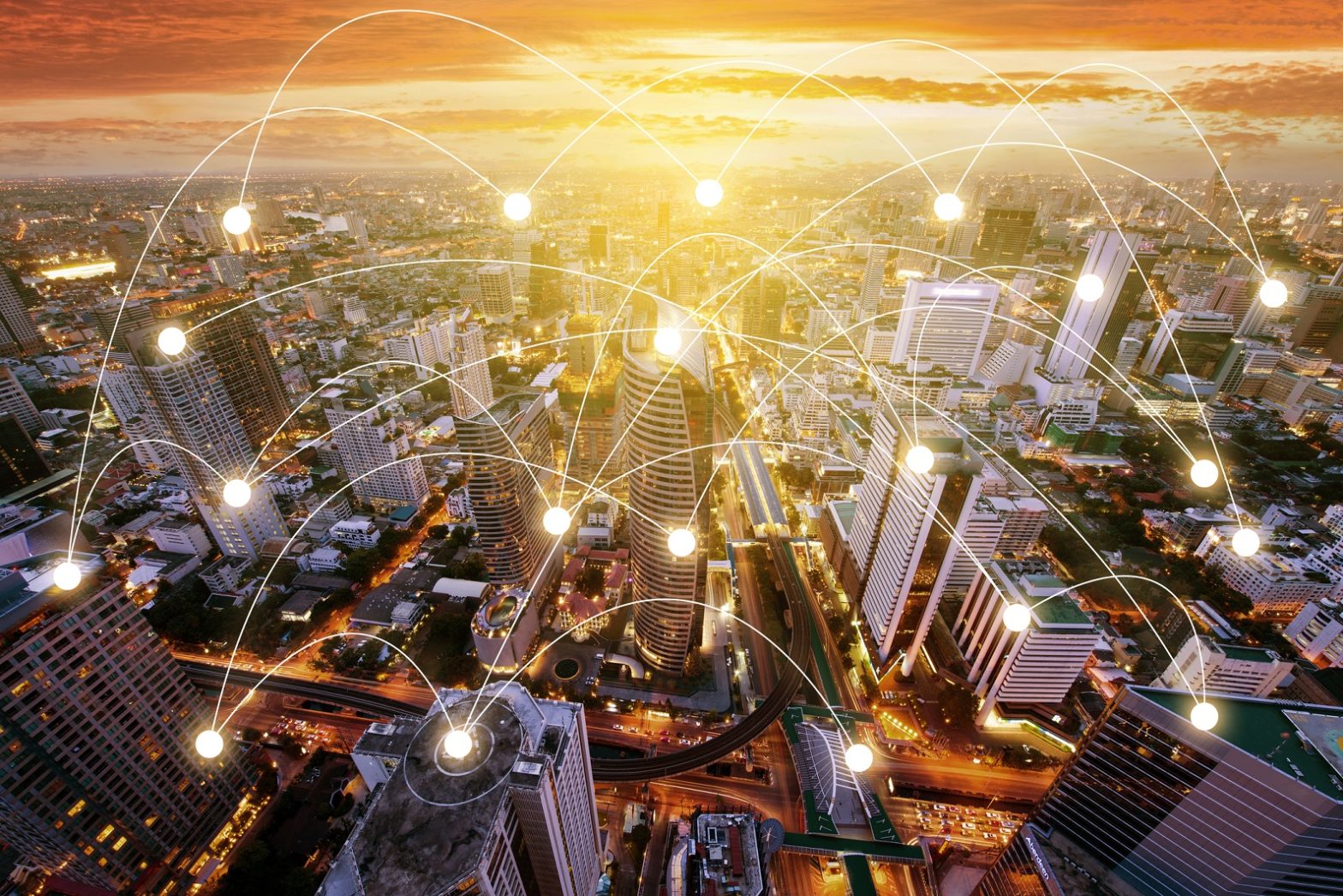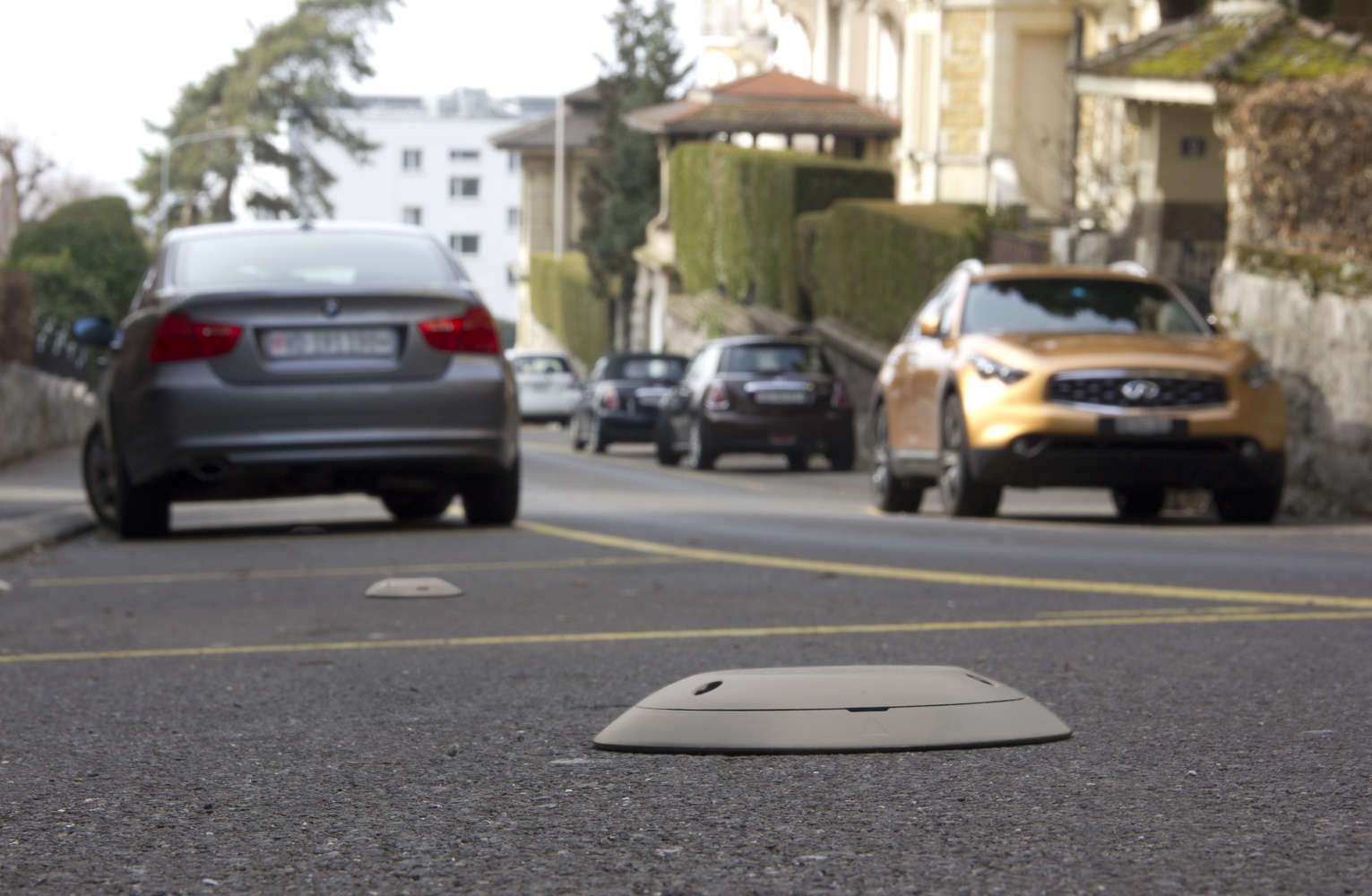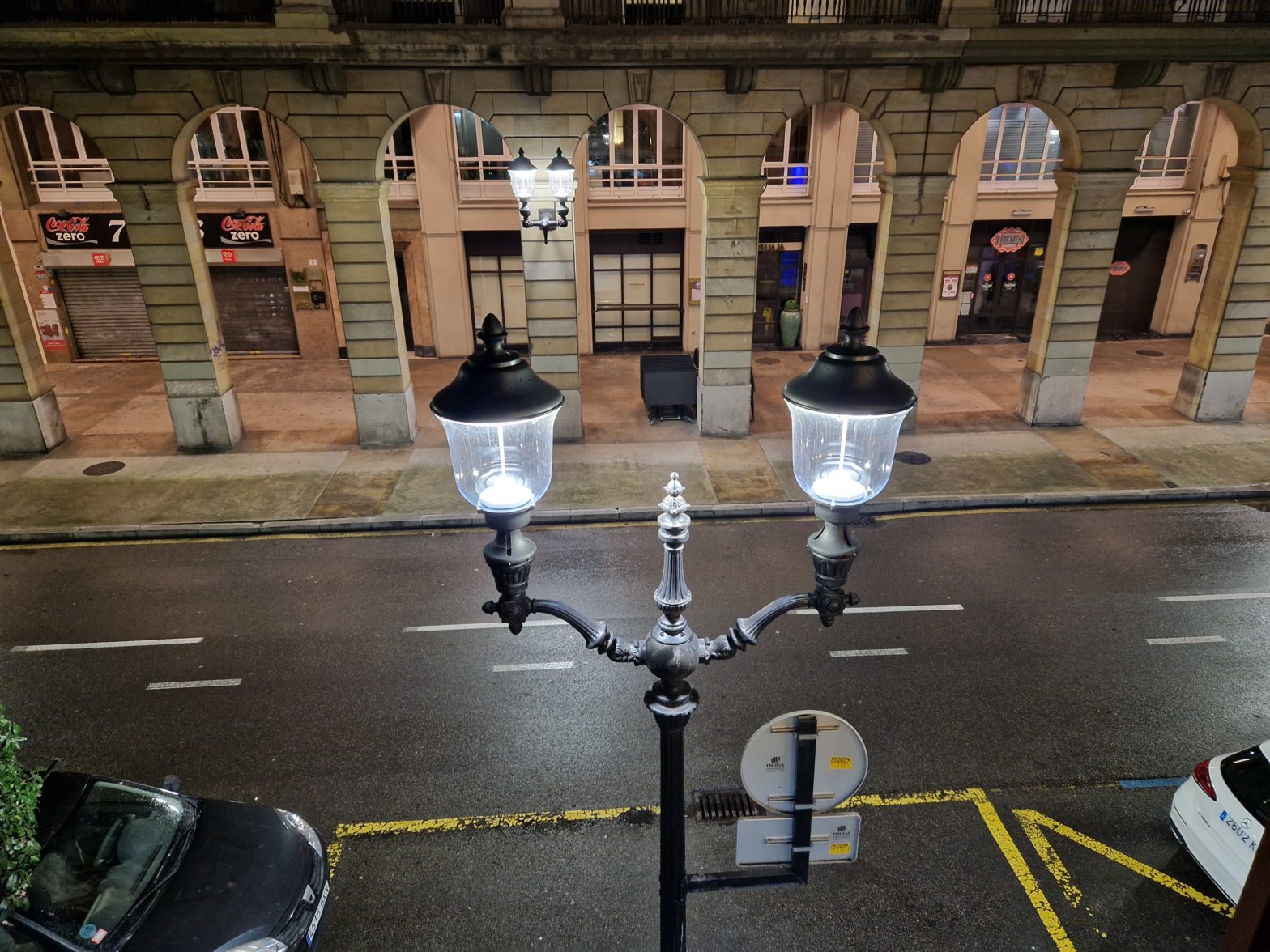
How smart lighting helps cities beat the heat
23 June 2025
Carlo Bernocco, Product Portfolio Manager of Paradox Engineering, explains how connected streetlights are helping cities manage energy demand, stabilise power grids and prepare for increasingly hot summers.
How does smart lighting help stabilise power grids, particularly during peak summer months when blackouts are more common?
Street lighting is an energy-intensive application, accounting for up to 40 percent of the electricity consumed by municipalities, as reported by The Climate Group. When summer peak demand or extreme weather events put a lot of stress on the power grid, smart lighting solutions are highly beneficial as they allow cities to dynamically regulate streetlights and decrease brightness. This quickly reduces the overall energy demand and helps the grid cope with peaks.

What makes smart lighting systems more effective than traditional lighting in detecting or responding to power issues?
As smart streetlights are connected and can be monitored remotely, the key advantage is the opportunity to control them in real time, taking data-driven decisions that can really contribute to the stability of power grids. Don’t forget that power outages are highly disruptive for people and businesses, and are highly expensive too. Bloom Energy estimated that a single episode in a big city can cost millions of dollars per hour of downtime.
Can you explain how Paradox Engineering’s smart lighting solutions integrate with broader smart city or grid management systems?
Our technology allows cities to design and implement a single wireless network to manage and support all IoT applications at once, from street lighting to parking management, from solid waste collection to environmental monitoring, and more. Our Smart Urban Network offers an unparalleled framework of hardware, software and services to turn a city smart and grow it over time thanks to interoperable and open-to-standards solutions.
Are there specific use cases or deployments of your smart lighting technology?
We have about 140,000 nodes and sensors installed worldwide: from Switzerland to Chile, from Japan to the US, our IoT technology is supporting many cities in the achievement of their smart goals, including energy efficiency and grid management.
A very interesting case is Gijón, in Spain. Their smart journey started in 2016 with the modernisation of streetlights in the city centre, then they decided to turn the lighting infrastructure into a truly smart network to better control energy consumption and increase lighting efficiency. Gijón preferred the open standard 6LoWPAN and implemented our Smart Urban Network, which nowadays supports smart streetlights all around the city, motion sensors, smart buildings with energy management devices, and air quality control stations. Further applications and devices are being evaluated and will be added to the network in the coming months and years.
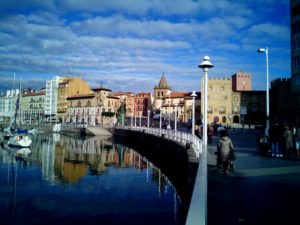
What role does data from smart lighting play in improving energy efficiency and planning for utility providers?
You cannot improve something that you don’t measure! Data are fundamental for effective urban planning and decision-making. If turning streetlights to energy-efficient LED lamps, cities can immediately save up to 50 percent in power consumption and related costs. Up to 25 to 30 percent additional power can be saved when transforming lighting into a smart, sentient network, thus enabling full remote management and control of single or grouped luminaires. Data generated from field devices allow cities to strategically leverage on-off control, dimming, and scheduling functions to maximise power savings without compromising public safety and urban liveability.
As cities prepare for hotter summers and rising energy demand, what should municipal leaders prioritise when considering a smart lighting rollout?
There are many critical aspects to consider, but let’s focus on two keywords. First is interoperability. Proprietary and vendor-locked systems are not a smart deal, as they prevent the integration of third-party devices or the design of new applications over time. Standard-based technologies and open data models enable far-sighted and future-looking investments. The second keyword is cybersecurity: IoT devices extend the surface of possible cyberattacks, so it’s important to select and implement technologies that are built with a security-by-design approach. Also, cities should put in place adequate measures and processes to monitor installed assets, reduce vulnerabilities and mitigate the known risks, early detect and respond to upcoming threats.
To find out more, click here.
Images: Paradox Engineering



